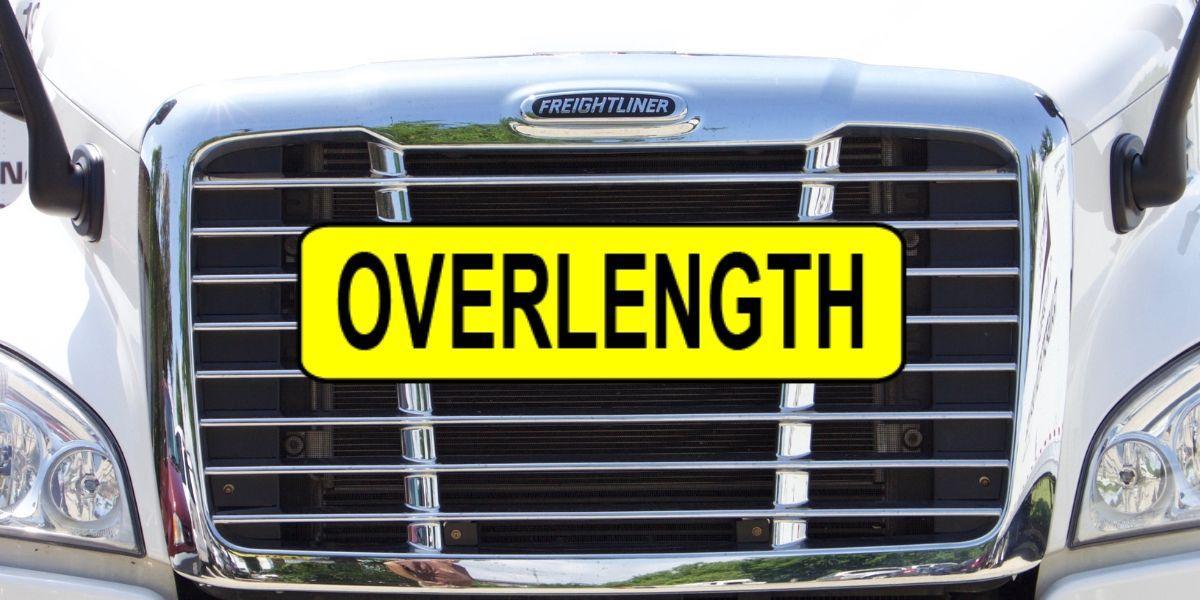3 Tips to Avoid Freight Reclassification & Reweighs

With 18 freight classes to choose from, determining your freight’s class can be difficult. Check out our 3 tips (and a bonus tip!) to help you avoid costly reweighs due to inaccurate freight class.
What is Freight Classification? How do reweighs happen?
Take me to the 3 tips.
Identifying and classing freight determines the “transportability” of various commodities, from bricks at 35 to 50 lbs (class 60) to ping pong balls weighing less than 1 lb total (class 500). Classes are outlined in the National Motor Freight Classification (NMFC), which is written and distributed by the National Motor Freight Traffic Association.
The NMFC groups commodities into a total of 18 classes from 50 to 500. Each class is determined based on the commodity’s density, handling, stowability and liability.
- Density: Your shipment’s pounds per cubic foot.
- Handling: Ease of movement. Palletized freight has better handling than loose cartons in most cases.
- Stowability: A function of handling and the ability to load/unload a trailer quickly with minimal opportunity to damage your freight or other customers’ freight.
- Liability: The value of your goods. Higher value creates higher risk of loss or damage.
The most common freight class trend is that the higher the class, the higher your rate will be.
Reweighs most often happen when the weight on your BOL, or Bill of Lading, doesn’t match the actual weight that a carrier may find from a freight scale. If you’re hit with a reweigh, you can expect an extra fee on your invoice.
3 TIPS TO AVOID EXTRA FEES FROM RECLASSES & REWEIGHS
1. Obtain Accurate Shipment Weight
Almost every transportation company will require relatively accurate shipment weights. But you, and sometimes your customers, may be off by a few hundred pounds (lbs) depending on your commodity.
One of the most accurate ways to determine weight is to find a place with a freight scale. If you don’t have access to one, you can use the manufacturer’s specifications. These usually have weight and dimensions. Making sure you have an accurate weight will ensure more accurate freight class, and a more accurate freight rate.
Bonus Tip: Don’t forget to include the weight of your packaging materials and the pallet! Only including your commodity weight may skew your shipment weight and lead you to unexpected reweigh charges.
2. Know Your Pallet Size
Pallets, often referred to as skids, come in varying sizes. A standard pallet’s length and width in the U.S. can be 48” x 48”, 42” x 42” or 48” x 40”, and the height is usually 6 ½”. Other parts of the world may have different sizes. Asia, for example, commonly uses the 43.3” x 43.3” pallet.
Knowing your pallet size will help you calculate your freight class to avoid possible reweighs. It also decreases the possibility of a carrier refusing your shipment entirely if it’s on non-standard pallets.
3. Calculate Your Freight Class
Now that you have your skid dimensions and weight, you can use a freight density calculator to calculate your freight class based on the NMFC. Ensuring you have the most accurate class can reduce your freight costs down the road by helping you avoid costly reweighs.



